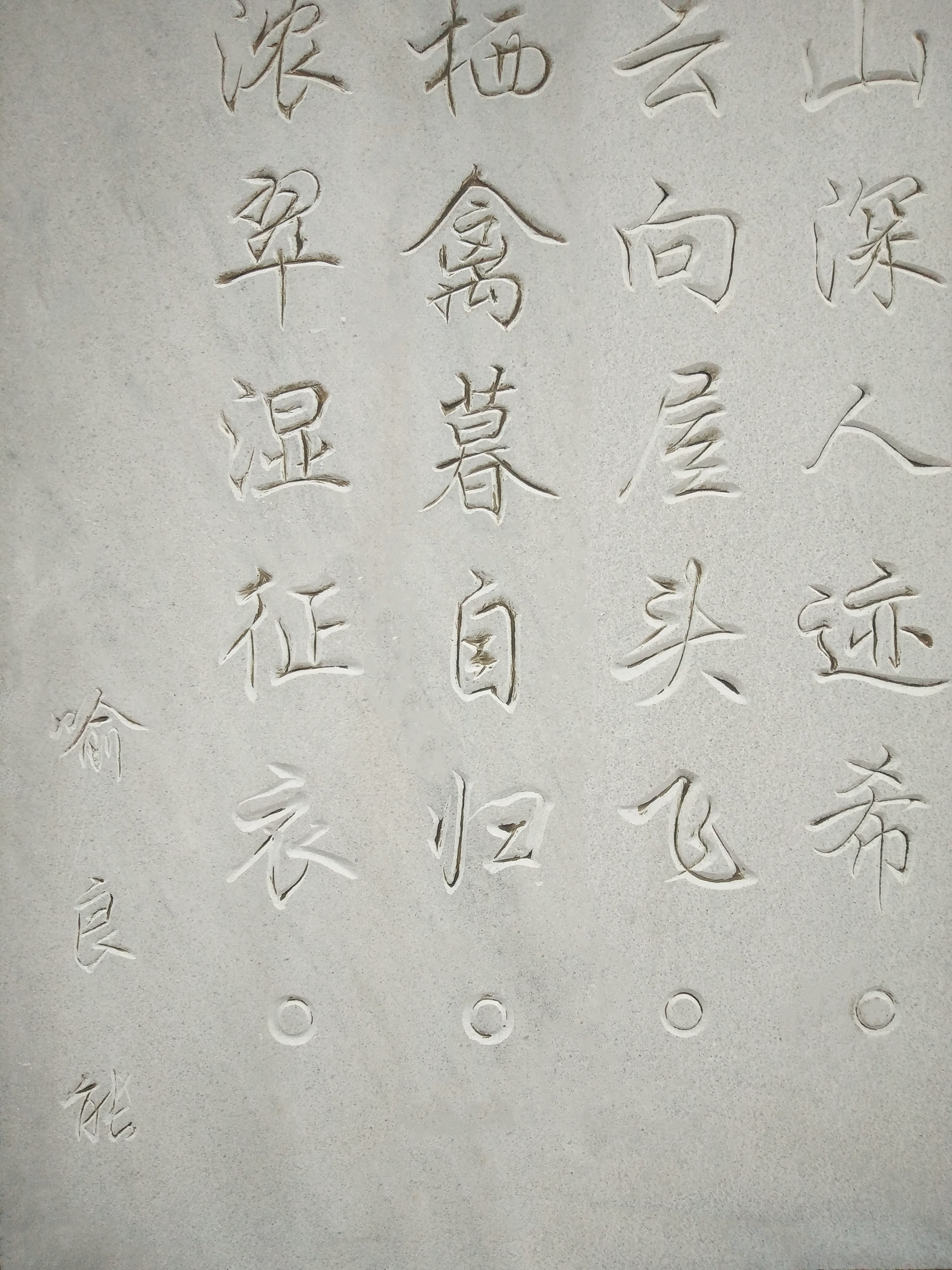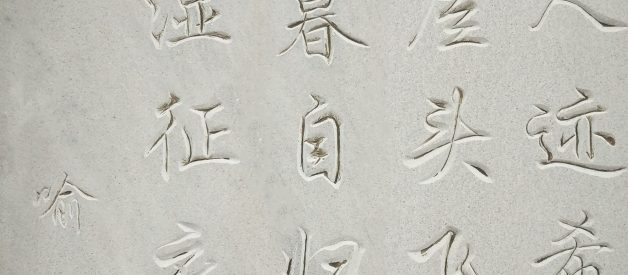My first exposure to the traditional Chinese script came from Japanese comics or manga. I was in secondary school when somehow, one day, my friends got swept into a Slam Dunk craze. (Slam Dunk is a popular series about a basketball team in a Japanese high school.) Copies of the comics, translated into Chinese, circulated through the class, and eventually to me. When I opened the first book, I realised that the Chinese characters looked different.
?Oh, this is the Taiwanese translation, so they use the traditional script,? my friend said.
The different script did not hinder me for long. In time I got used to the traditional characters and finished all 31 volumes of the series within a month!
How was it that Chinese came to be written in different scripts? And how was I able to read both scripts without much difficulty?
 Photo by yifei chen on Unsplash
Photo by yifei chen on Unsplash
History
The earliest form of Chinese writing was the Oracle Bone Script (jiaguwen ???) developed in the Shang Dynasty (18th?12th century BC). This evolved into many scripts, each growing in complexity and becoming more stylised.
One of the biggest changes in Chinese writing occurred during the Qin dynasty (221?207 BC). When Emperor Qin Shi Huang unified China, he also created a standard system of writing from the various systems used in the different states. This system would become the basis of the modern Chinese writing system.
The next big change occurred in the 1950s, when the People?s Republic of China (PRC) introduced simplified characters (ji?nt?z ???) to replace the traditional characters. Generally, simplified characters have fewer strokes than their traditional equivalents. Not all characters were given a new simplified form, as they were already very ?simple? and involve very few strokes. The Chinese government felt that this would help people read and learn Chinese easier. Outside of China, Singapore also adopted this script. However, both Taiwan and Hong Kong opted to keep using traditional characters.
Written vs spoken
It is important to note that the ?simplified vs traditional? distinction refers to the writing systems, and not the spoken languages. When we speak of the Chinese language, most of the time we refer to Standard Chinese or Mandarin (also known as P? t?ng hu ??? in China). There are many other varieties or dialects of Chinese, such as Cantonese, Hokkien and Hakka. Generally, both writing systems can be used to notate the different varieties. For example, the characters ? (simplified) or ? (traditional) mean ?love? or ?to love? in Mandarin (pronounced as i), Cantonese (oi), Hakka (oi) and Hokkien (ai).
However, certain varieties are associated more with the traditional script than the simplified script. Take Cantonese for example. Besides Hong Kong, it is also spoken in Guangdong province in China, Macau, Malaysia, Singapore, as well as the Cantonese communities in other places. However, written Cantonese is limited outside of Hong Kong. Hence, most pieces of written Cantonese will be in the traditional script.
Moreover, Cantonese contains colloquial words outside of Mandarin, which are represented by special characters not found in the Mandarin set of Chinese characters. An example is the Cantonese character ngaam ? which means ?correct?. In Mandarin, you say du ? which can be written as ? (simplified) or ? (traditional).
Simplified vs traditional
As you may have observed, the simplified script is significantly different from its traditional equivalent: du can be written as ? (simplified) or ? (traditional) in Mandarin. The former has five strokes, while the latter has 14.
You may also notice that both characters have the radical ? on its right. Radicals are the components that make up Chinese characters? similar to how English words have roots, prefixes and suffixes. ? is a radical that is also a word by itself, meaning a Chinese inch (about 3 cm). A radical may tell you the meaning of the character or how to pronounce it. The simplified script modified some of these radicals, creating new forms.
A good example is the character m? ? ? (simplified) and ? (traditional) ? which means mom in Mandarin. There are two radicals here: on the left, ? gives the meaning of ?female?, while ?/? (meaning horse) gives the pronunciation of ?m??. You can see that the radical ? has been simplified to ?: from nine strokes to three.
Difference in vocabulary
Perhaps more pertinently, when considering the simplified and traditional scripts, it is important to remember which regions they are used in. Just like how English evolved differently in America and Britain (and even within parts of these countries), Mandarin has developed differently in the places it is used in, especially in terms of vocabulary.
For example, the word ?bus? is typically said as B?sh ?? (simplified and traditional) in Singapore, but G?ngch? ?? (traditional) in Taiwan (which can also be written as ?? in the simplified script). A pineapple is called Fngl ?? (traditional) in Taiwan and B?lu ?? (simplified) in China. The simplified form of Fngl is ??, and the traditional form of B?lu is ??, but these are arguably less commonly used as they are the ?wrong? form for their respective regions.
Learning and understanding Chinese may seem daunting enough to an English speaker used to just having the 26 letters of the alphabet, even without considering the simplified and traditional scripts. However, an understanding of radicals and an awareness of the regional differences can help one ?translate? between the simplified and traditional forms of Mandarin. While there are definitely some exceptions, generally anyone familiar with one script can quickly become familiar with the other.
Written by Rachel Heng
Rachel is a Singapore-based editor and writer who enjoys learning languages. In her free time, she enjoys reading, playing board games and dabbling in art and music.


